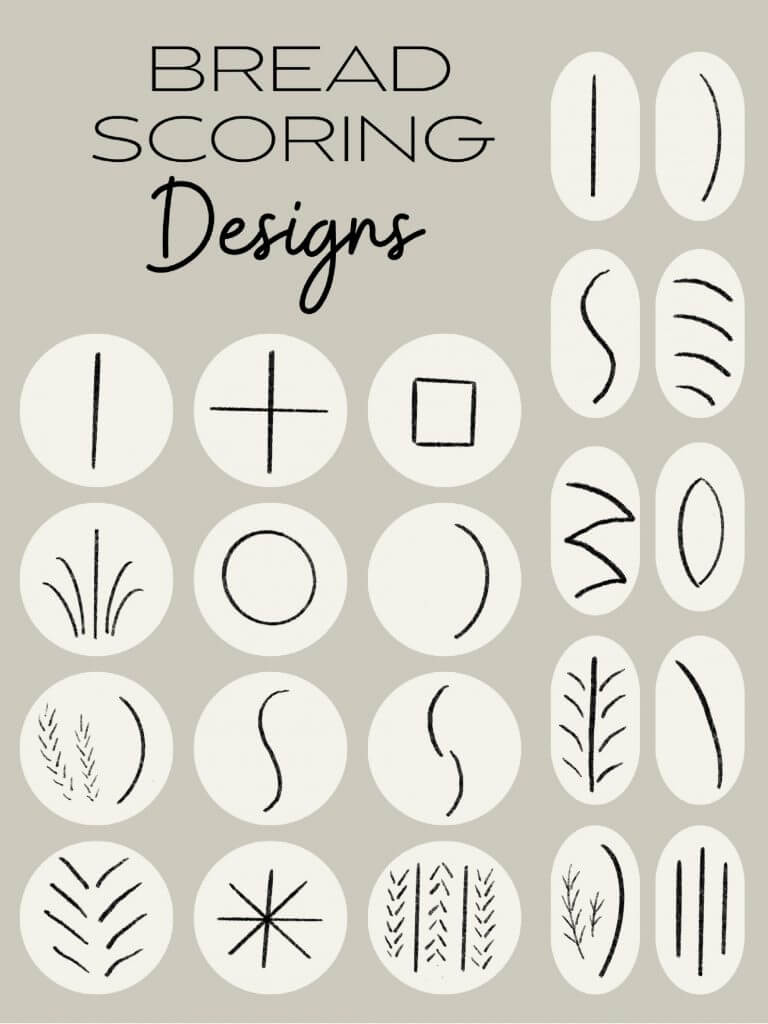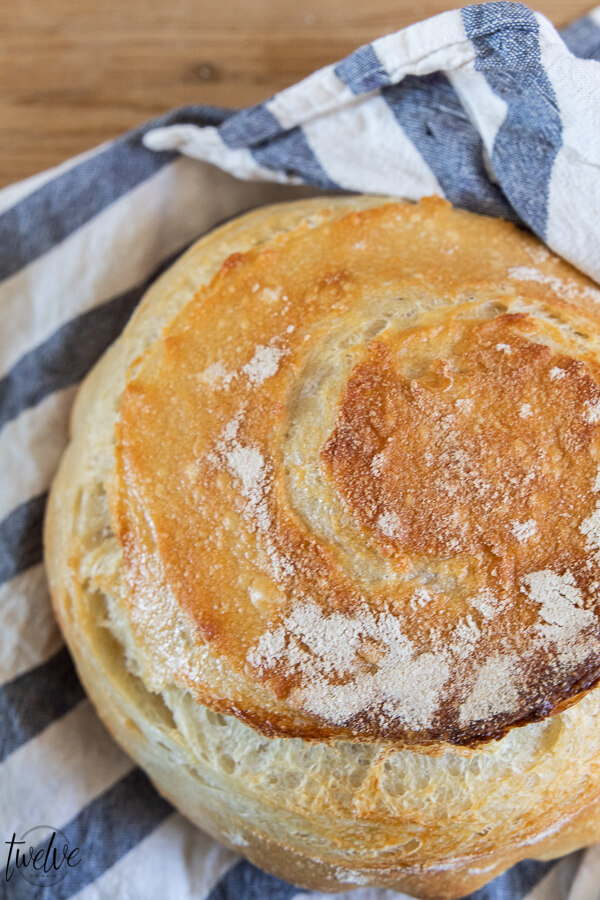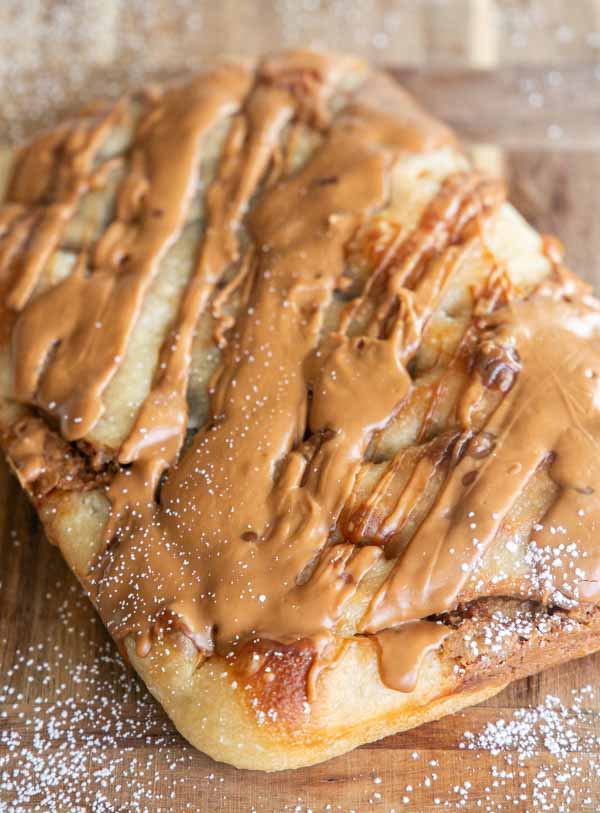Creative Sourdough Scoring Patterns to Try
If you a new here, we spend a lot, and I mean a lot of time making sourdough bread at my house. Here on Twelve On Main I have been sharing a ton of sourdough recipes. But today, I want to share something I have been wanting to for a long time. It is kind of a companion to my dutch oven sourdough bread recipe. We are talking sourdough scoring patterns!
If you are new to sourdough and arent sure where to start when it comes to scoring your bread, or if you are a seasoned bread maker and want some new design ideas, this is the post for you!
All the best sourdough tips
Sourdough for Beginners
Are you new to sourdough? Are you wanting to create your own sourdough starter? This post is perfect for you. This is a comprehensive tutorial on how to make a starter, with daily instructions, tips and FAQ
We want to talk about how to score sourdough bread, tips and tricks to making your cuts better, and I have tons of sourdough scoring patterns to try.
Let talk about the basics of scoring bread
Scoring bread prior to baking is an important step. By scoring the bread, you are giving the bread weak area where the bread can rise without tearing. It’s almost as if you are guiding it as to where you want it to spread and rise.

This is where oven spring comes into play. What is oven spring? This is the rise that you get out of your bread once it has been put in the oven. A few things help encourage a strong oven spring. I find that a loaf directly out of the fridge, scored and then placed in the oven will get a nice strong oven spring.
Another aspect that will help to create oven spring as well as nice scores is by creating surface tension in your loaf when shaping it. You create surface tension by using your hands to roll the dough into a ball pulling under while turning the loaf. This helps the outside layer to get more surface tension which helps with a more uniform load of bread.
While sourdough scoring is a very functional aspect of the bread making process, it has become quite the art form. Decorative scoring is a wonderful way to express some artistic features in your bread. Yes you will be eating it, but it is so fun to create a gorgeous decorative loaf as well.
Some decorative scoring features I like to see is wheat stalks, slices, flowers, X designs, and more.
What kind of tool do you need to cut your sourdough bread? Well, something very sharp. A tool that every sourdough baker should have is a bread lame.
What is a bread lame?
A bread lame is a tool used to cut your dough. To put it simply, it is a sharp razor blade like tool with a handle. This makes it easy to cut the dough because of the very thin and sharp blade. Here are some options below:
What is the difference between shallow cuts and deep cuts?

There are a ton of techniques and ways to score your bread dough. Depending on what you are wanting it is important to know the difference between deep cuts and shallower cuts. The deeper cut is where you are going to get a big raise and separation from the dough. Its technically where the bread will rise. This helps so that your load does not tear in the oven. It gives a weak spot for the bread to expand.
Shallow cuts are more often decorative cuts that just look good on the bread. Such designs are flowers, leaves, and other more intricate pattern designs.
Remember, your bread will do perfectly with just a single slash! You do not need to make an elaborate score design.
Common Question about Sourdough Scoring Techniques
How deep should you score sourdough?
As a general rule, you need to score your dough around ¼ to ½ inch deep. It doesn’t need to be super hard or deep. The trick is to make sure that you do have one score at ¼ to ½ inch deep – whether that’s a slash that goes along one side or a small cross on the top.
What is the proper way to score sourdough bread?
Scoring bread is easiest with a sharp implement. You can use a sharp paring knife or kitchen scissors to snip lines into the top of the unbaked bread boule. Or you can use a tool that professional bakers use to score, called a bread lame.
It’s essentially a razor blade affixed to a handle for easy maneuvering. You want to cut at a 45 degree angle and make it a nice smooth cut. Adding flour to the top of your loaf will allow for a smoother cut.
How do you score sourdough bread without deflating it?
You want to score the bread about 1/4 to 1/2 inch deep. A deeper cut and you will run the risk of some deflation. As long as your loaf is not overproofer(risen too much) there is a low chance of deflating your load. Just remember not to handle the loaf too much and take a gentle hand when scoring
What happens if you don’t score your sourdough bread? If you do nor score the bread you run the risk of the bread splitting in multiple areas. The problem arises when the bread is looking for a place to release and rise.
By performing cuts, you are creating weak sections on the crust that will make the dough understand where it needs to rise from. If you don’t score your bread, your loaf will have no IDEA where it should rise from and it will just burst and open at its weakest point.
Do you score bread after rising? Yes, Ideally after a long bulk fermentation in the fridge you will want to score the bread right before you put it in the oven. This will give you the best result for a nice oven spring as well as defined cuts.
What angle do you need to score sourdough? You want to cut your sourdough at a 45 degree angle.
At what stage do you score sourdough bread? You will score your bread loaf just prior to putting it in the oven.
Can you score your bread without a lame? Yes! You can use a razor blade, an x-acto knife, or a sharp knife to cut your loaf. For a long time I used a razor blade until I decided it was time to purchase a bread lame.
Should I score over proofed bread? If you have an over-proofed or over-fermented loaf, it is not recommended to score the dough. The structure is already weak and cutting it will give it more freedom to sag and become a wide flat loaf of bread. It will deflate like a balloon.
Methods to scoring your bread:
There are a ton of different steps and options to cutting the dough’s surface. You will honestly have to find what works best for you. This is my method….
I do not cut mine until I am ready to put them in the oven. When I get my sourdough loafs out of the fridge, I gently lay it out onto a lightly floured piece of parchment paper.
I then will use a pastry brush to brush off any lumps of flour. You can either cut directly into the bread at this point OR will apply a light layer of flour to the top of your bread dough. You are now ready to score your bread loaf.
I like to cut a larger deep slash, with some smaller cuts to add some decoration. The larger cut is where the bread will allow for expansion. The smaller cuts will expand slightly but you do not want the small cuts to be very deep. Just barely score the dough’s surface.
BELOW ARE SOME BREAD SCORING DESIGNS THAT I LIKE TO USE ON MY BREADS.


I hope this post helps you to understand more about scoring patterns, why it is important to score your bread, and what methods make it easy!

More Sourdough Recipes
Looking for more sourdough recipes? Ive got everything from pancakes, muffins and bagels, to pizza, dutch oven breads and more!
















Loved this post! The scoring patterns you shared are so creative and inspiring. I can’t wait to try the leaf design on my next loaf. Thank you for the wonderful tips and beautiful photos!